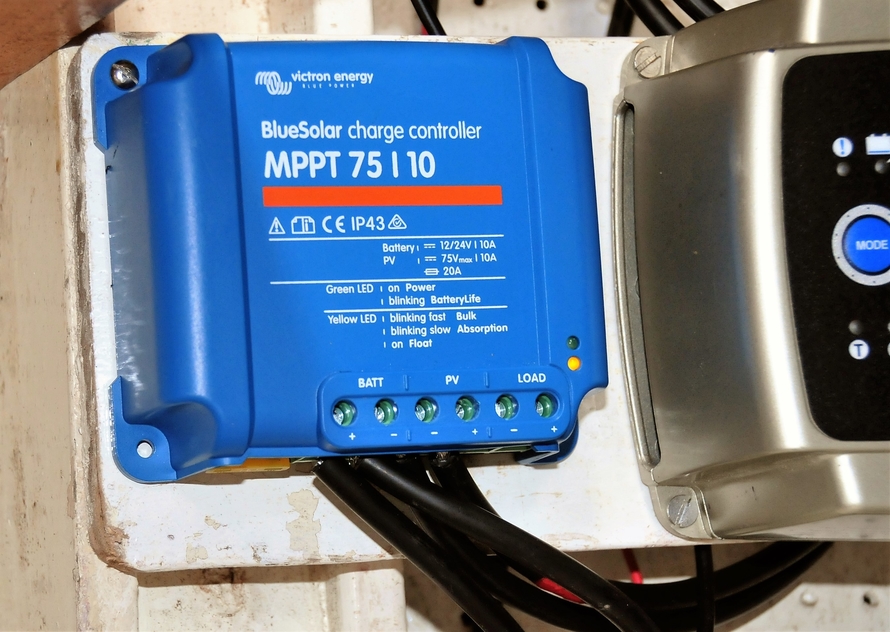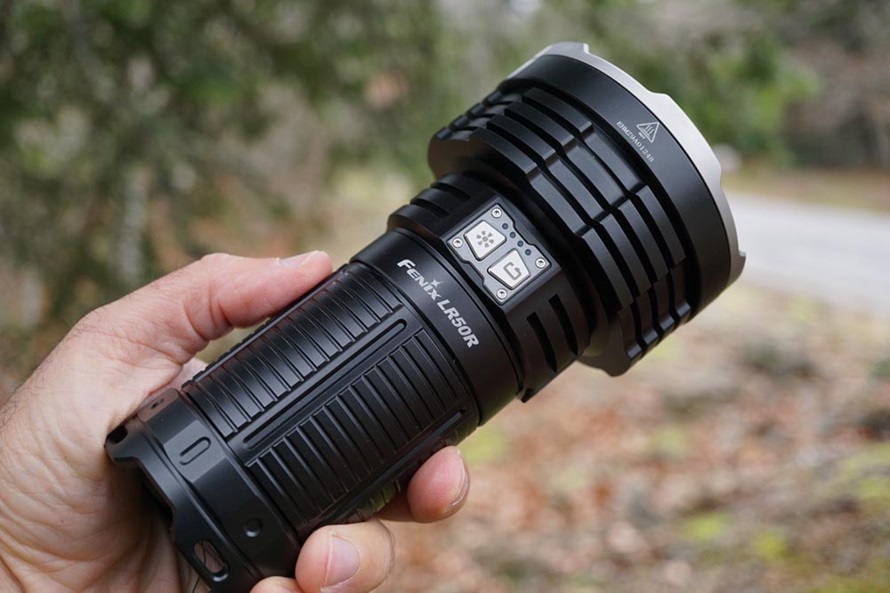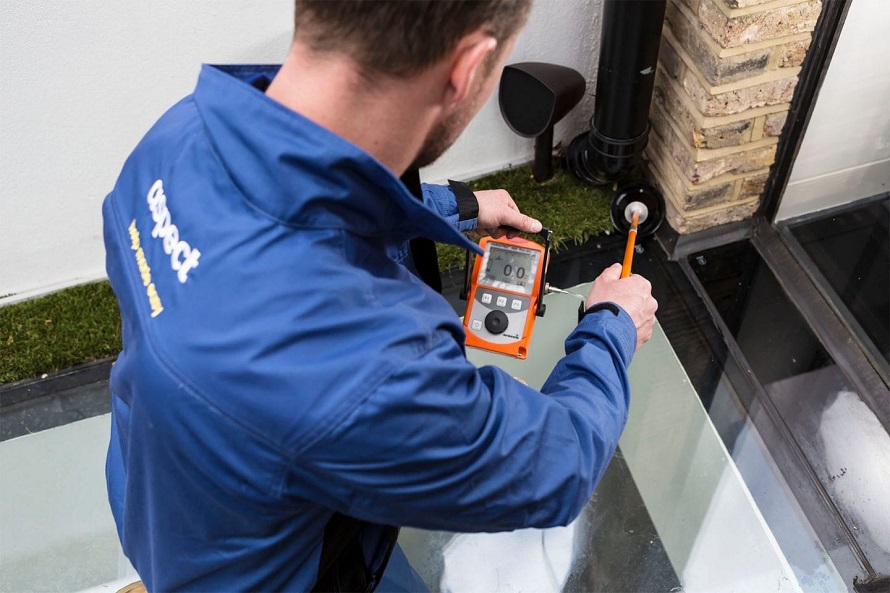Electronics
Victron Solar Charge Controllers: Get Power From The Solar Panels To Your Batteries
It doesn’t matter if you’re a weekend camper, part-time houseboat dweller or fulltime RV’er, there’s an excellent chance that you’re depending on solar power as your key to energy independence. It’s the clean, limitless energy source that costs no more than the components needed to harvest it.
Photovoltaic collectors, solar panels, are the most relied upon technology for generating the on-demand power that’s needed off the grid. The process itself is fairly simple but it’s not without its challenges. The sun doesn’t shine all the time, nor are photovoltaics perfect collectors, and the task of optimally harvesting energy and storing it in batteries under commonly less-than-optimal conditions falls to charge controllers.
Managing that perfect balance between the collector and the battery, however, is a far more delicate task than it seems and that’s why only the most advanced equipment is able to do it efficiently. With that said, let’s take a look at possibly the best engineered family of regulators on the market and why they excel where others don’t.
The right regulator
Getting the most out of the two most critical components in a photovoltaic system shouldn’t be an either/or proposition. That’s why innovative Victron solar solutions are unmatched in the field of power conversion equipment. They offer a range of PWM and MPPT charge controllers that are designed to accomplish an array of functions that essentially render other regulators ineffective.
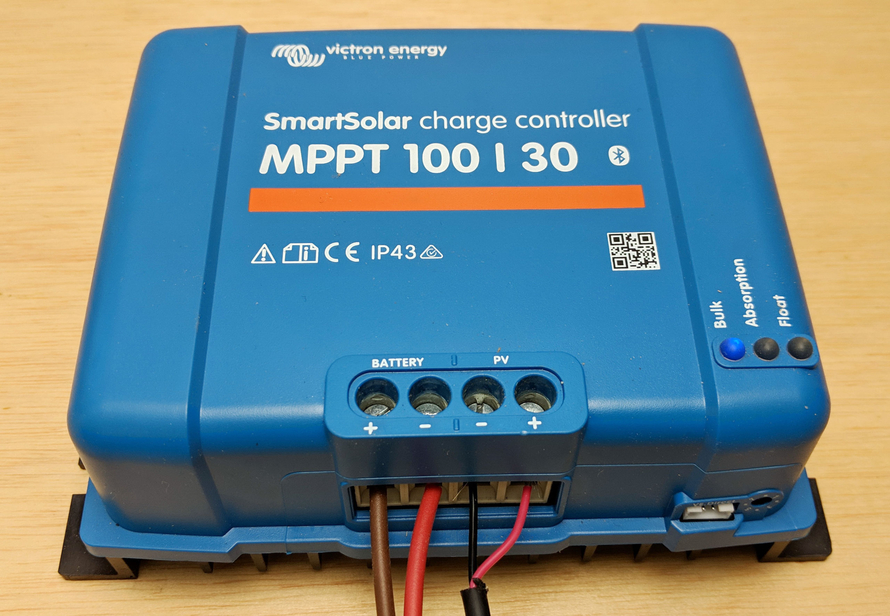
Available in full, as well as fixed- and un-programmable versions, backed by Bluetooth functionality, and offered for terrestrial and marine applications, Victron’s roster of controllers doesn’t just regulate the balance within the charging system but maximizes the entire charging function.
To appreciate just how effective the Victron solar equipment is though, it’s first important to understand precisely what the role of a regulator/charge controller is, the relationship between photovoltaic panels and batteries, and which (if either) type of charge controller is more beneficial.
Going with the flow
Photovoltaic panels (or more specifically, their cells) create a DC current by absorbing solar energy. That energy’s subsequently transferred to DC storage batteries for later use. Charge controllers “regulate” that transfer process by:
- Ensuring the transfer process is consistent with the batteries’ voltage range,
- Preventing photovoltaic panels from overcharging or discharging the storage batteries, and,
- Guaranteeing the current’s never allowed to move from the battery back to the panels.
Victron chargers distinguish themselves not just by carrying out these functions, but by ensuring a smoother, more reliable, and more consistent flow of current is achieved through:
- Automatic charge voltage recognition,
- Continuous fast monitoring of the charge state of the batteries, and,
- Slight, intermittent adjustments in charging levels that allow batteries to maintain a nearly 100% recharge at all times.
In short, Victron chargers immediately provide better and more customizable power management than typical regulators. And it’s these provisioning attributes, particularly when combined with other Victron off-grid components, that allow the main components of a photovoltaic system to perform their best. Regardless of whether they’re part of a large or small photovoltaic array.
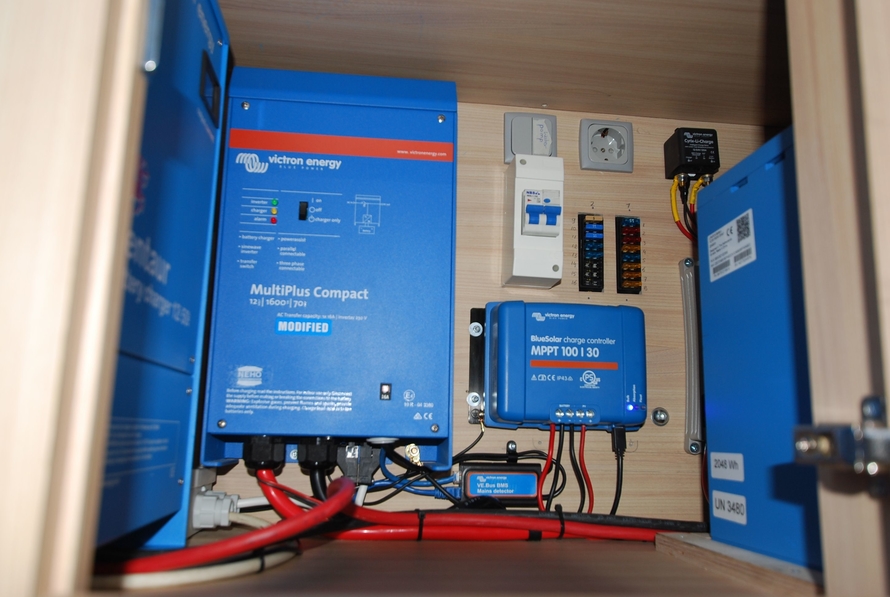
PWM or MPPT?
Victron manufactures two types of charge controllers, PWM and MPPT, and the best way to recognize the difference is to again consider the transfer process itself. Pulse Width Modulation, or PWM-type controllers, are regulators which, for charging purposes, are designed to reduce a photovoltaic array’s output to the batteries’ lower voltage.
Maximum Power Point Tracking, or MPPT-type controllers, however, are smartly designed to draw battery charging power from the array at its maximum convertible voltage. These differences may seem insignificant but, bearing in mind that charging efficiency is very much dependent on the state of the system’s prime components (the panels and the batteries), the differences are huge.
- The performance of panel cells can be impacted by ambient temperature, irradiance, and a virtually limitless list of undesirable physical impedance.
- The chargeable state of batteries can be directly affected by insufficient charging, repeated discharging, and even minor fluctuations in operating temperature.
- The system’s overall performance can be influenced by the temperature, length, and condition of its cabling.
Where any of these conditions are present, which could literally happen in every array, MPPT controllers are designed to provide an immediate advantage by:
- Monitoring where the exact point of maximum power production is in the array, regardless of any impedance, and relaying that converted voltage to the batteries.
- Quickly stabilizing batteries by recharging them after they’ve been heavily discharged.
- Providing sufficient voltage to the batteries where increased cable lengths and cross-sectional areas have also increased resistance.
It’s through the use of changeable algorithms that a Victron MPPT charge controller is able to a provide this level of voltage regulation. It’s this level of voltage regulation that makes them especially optimal for arrays where higher voltage is being produced, in colder environments, or when more voltage is demanded by the batteries.
With the benefits of an MPPT controller noted, it still asks the question: when would a PWM controller be preferential? Well, MPPTs will broadly always outperform PWMs in almost every situation. As a low-cost alternative, however, PWMs are an acceptable option for:
- Smaller photovoltaic systems.
- Systems where optimal charging efficiency isn’t required.
- Systems where the array’s maximum voltage doesn’t exceed the batteries’ maximum charging voltage.
Overall, either Victron charge controller can be expected to outperform any other regulator on the market, but their MPPT line of charge controllers are simply in a league of their own.
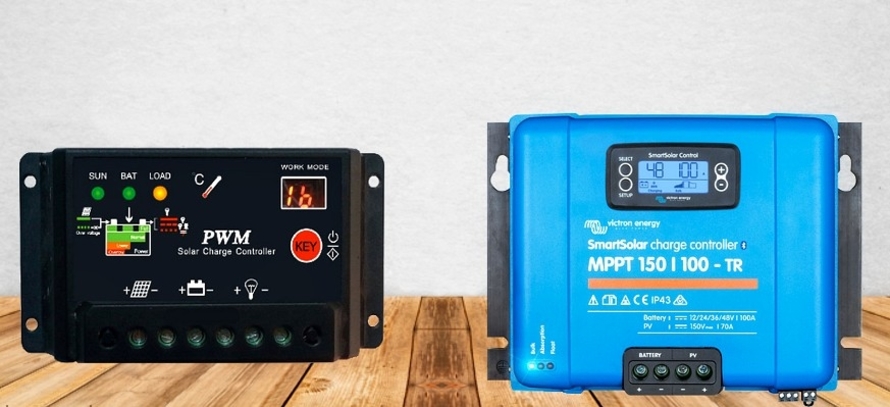
The final word
At the end of the day, the job of a charge controller is really nothing more than ensuring the current being generated within a photovoltaic system is stored in a manner that’s advantageous to both the user as well as to the equipment. There’s no shortage of regulators on the market but only Victron solar controllers are smart enough to maximize the effectiveness of the entire process.
As well as to dynamically make the adjustments necessary to keep the process optimized at all times. If you’re thinking about making the move to photovoltaics, or are considering upgrading an existing system, then you’re going to want to take advantage of the increased energy harvesting potential of these superior charge controllers.


